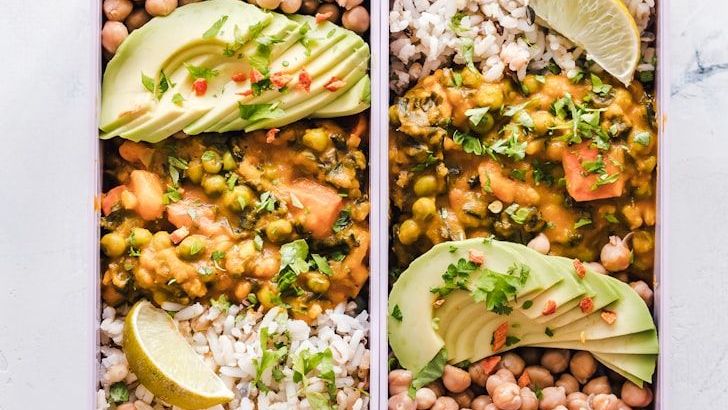Master the Art of Strategic Meal Planning and Batch Cooking

Here’s where most people go wrong at the grocery store – they shop without a battle plan. Professional chefs never wing it, and neither should you. One recurring theme with the chefs we spoke to was that planning ahead really saves. “Planning out your meals for the week helps you buy only what you need, reducing waste and unnecessary spending. Cooking big-batch meals like soups, stews, and casseroles also means you get multiple meals out of a single shopping trip,” Littley says.
The magic happens when you combine meal planning with batch cooking. Instead of buying ingredients for seven different meals, you’re purchasing components that work across multiple dishes throughout the week. 78% of U.S. consumers report eating at home more frequently to save money amidst rising food costs, and this approach makes home cooking both economical and efficient.
Start by dedicating thirty minutes each Sunday to plan your meals and create a detailed shopping list based on what you actually need. Find pockets of time in your week to batch-cook a couple of recipes, prep ingredients, or freeze meals for the future. On episode #83 of The Plan to Eat Podcast, Alli Powel talked about how she batch-prepped freezer meals on the weekends to help her family cut back on spending because it was the only time during the week when she could find the time to cook. This one habit can slash both your grocery bill and your weeknight cooking stress in half.
Shop Seasonal and Buy Smart – Not Just Cheap

When you’re grocery shopping on a budget, it’s super important to shop produce that’s in season. Buying fresh mangoes in January will cost you way more than average – and they might not even taste good! So make those mango salsa recipes in the summer and only buy fruits and veggies when they’re in season. This isn’t just about saving money – it’s about getting better flavor and nutrition for less cash.
Professional chefs understand that seasonal shopping is like having insider knowledge about the stock market. Seasonal produce is often cheaper and fresher than out-of-season varieties. Plan your meals around seasonal ingredients to take advantage of lower prices and better quality. When strawberries are flooding the market in June, that’s when you stock up and preserve them for winter smoothies.
But here’s the real chef secret: Head to the farmers market towards the end of the day. Farmers would much rather haul back less than what they brought, so they often will discount produce as it gets closer to the end of market. Many chefs also swear by choosing store brands for staples. When it comes to staples like salt, sugar and baking soda, a lot of chefs buy generic too. And they’re the food experts! So listen to the pros when it comes to how to save money on groceries. The difference between name brand flour and store brand? Usually just the packaging and about thirty percent of your money.
Transform Leftovers and Minimize Food Waste Like a Pro

The biggest money leak in most kitchens isn’t what you buy – it’s what you throw away. Every rotten cucumber and moldy peach is like a little stack of cash going right in the trash. It’s the worst! Waste less and save more every month by being super intentional here. Professional chefs have mastered the art of using every scrap, and you can too.
The key is changing your mindset about leftovers entirely. Many of us have a tendency to make a casserole or big pot of something, only to shove any post-meal leftovers in the fridge and forget about them. And the longer they sit in the fridge, the more daunting they become to deal with, until you have no choice but to toss them. To ensure leftovers aren’t forgotten and to increase the odds they’re actually eaten, Yadira Stamp, owner and chef at Esencias Panameñas in Washington, D.C., portions them out in advance.
Smart chefs also think beyond traditional leftovers. Embrace leftovers. Look, they’re inevitable, but that doesn’t mean leftovers are always boring. Sometimes you just need to add a bit of freshness to revive them – like fresh herbs or a fried egg – to make them even more exciting than the day before. That roasted chicken becomes tomorrow’s chicken salad, soup stock, and sandwich filling. Yesterday’s vegetables transform into today’s frittata or pasta sauce. It’s like getting three meals for the price of one.




